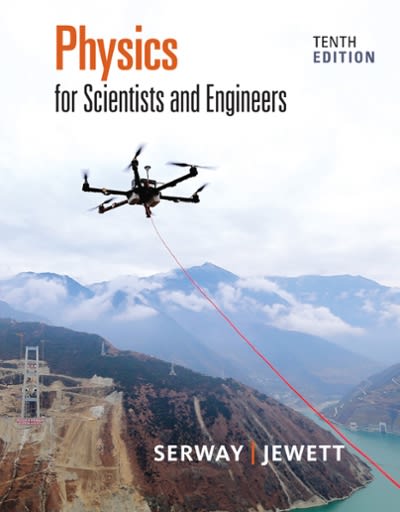*analytics Question1 : Before COVID 19, the average customer in the Retailers Association database historically spent $180 in brick and mortar retail outlets. Is the
*analytics
- Question1 : Before COVID 19, the average customer in the Retailers Association database historically spent $180 in brick and mortar retail outlets. Is the expected expenditure in the first month after stores reopen different from this past expenditure?
Null Hypothesis: The expenditure used by average customers on the brick and mortar retail outlets before COVID 19 is equal to $180
Alternative Hypothesis: The expenditure used by average customers on the brick and mortar retail outlets after COVID 19 are not equal to $180.
- .Question2 : The Retailers Association wants to understand whether there is a significant difference in the expected future retail expenditure across demographic categories.
a) is the customers expected expenditure in the month when the stores reopen different across age groups?
Null Hypothesis: The future expected expenditure in the month when the store reopens will be equal for across age groups.
Alternative Hypothesis: The future expected expenditure when the store reopens will be less than the previous expenditure
across age groups.
b) is the customers expected expenditure in the month when stores reopen different across genders?
Null Hypothesis: The future expected expenditure when the store reopens will be equal across genders
Alternative Hypothesis: The future expected expenditure when the store reopens will not be equal across genders.
- Question3: The Retailers Association is concerned that customers might migrate to online shopping, even after bricks and mortar stores reopens, but believe this migration might differ according to demographic factors.
a) is the customers stated the likelihood of making more retail purchases online different across age groups?
Null Hypothesis: The customer's likelihood of making more retail purchases online is equal to the period before COVID 19.
Alternative Hypothesis: The customer's likelihood of making more retail purchases online is greater than the period before COVID 19.
b) is the customers stated the likelihood of making more retail purchases online different across genders?
Null Hypothesis: The customer's likelihood of making more retail purchases online is equal to the period before COVID 19.
Alternative Hypothesis: The customer's likelihood of making more retail purchases online is less than the period before COVID 19.
4 Question: Are there any differences between customer's satisfaction for plans on in-store social distancing procedures and the availability of hand sanitizer in-store?
Null Hypothesis: The difference in the satisfaction of customers on in-store plans is equal
Alternative Hypothesis: The difference in the satisfaction of customers on the in-store plan is greater because the plans are good.
5 Question: Can a customer's overall likelihood of shopping in bricks and mortar retail stores after COVID 19 be explained by retail stores plans concerning any of the following factors?
I. Social distancing in-store
2.Cashless transactions
3.Self-check-out options
4.Hand sanitizer availability
Null Hypothesis: These factors make the likelihood of shopping in brick and mortar retail stores equal
Alternative Hypothesis: These factors make the likelihood of shopping at brick and mortar retail stores greater because of the sufficient initiative of protecting its customers from the viruses.
Q. Please find a way to answer each of 5 questions.
<
for example Q1: one sample t test AND The variables : interval scale or ratio scale
Step by Step Solution
There are 3 Steps involved in it
Step: 1

See step-by-step solutions with expert insights and AI powered tools for academic success
Step: 2

Step: 3

Ace Your Homework with AI
Get the answers you need in no time with our AI-driven, step-by-step assistance
Get Started


